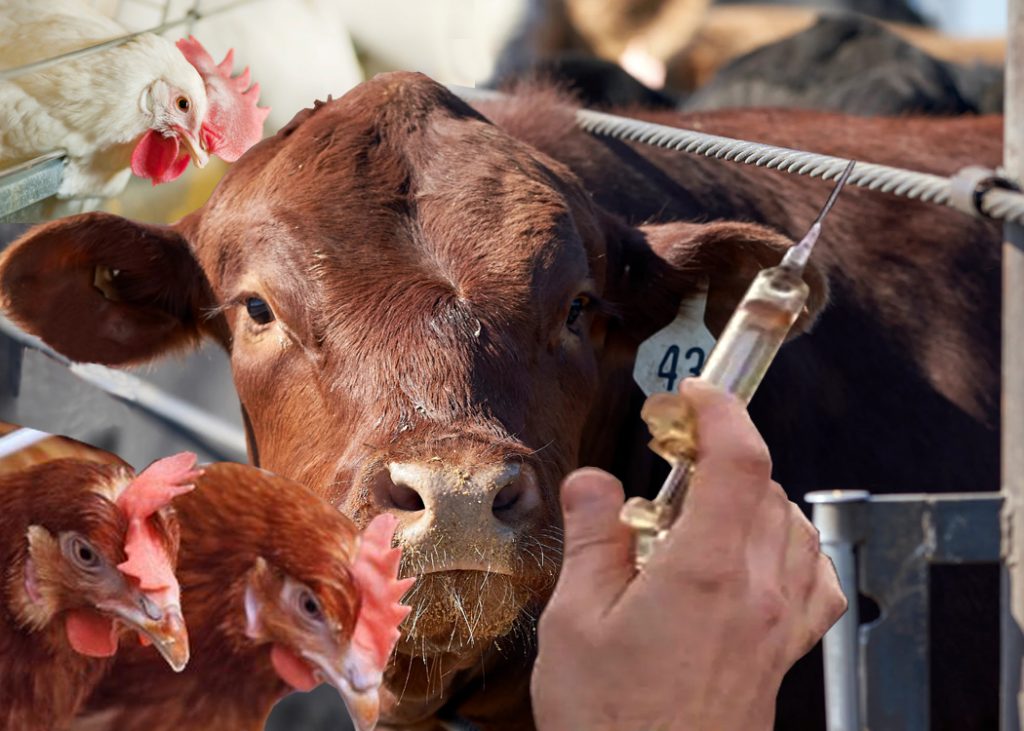
AVN Web Desk
Recent data published by the US Food and Drug Administration (FDA) reveals a 4pc surge in the sales of antibiotics deemed medically important for the treatment of food-producing animals in 2022.
The report shows a total distribution of 6.2 million kilograms (kg) of these antibiotics for use in livestock, including chickens, turkeys, cattle, swine etc, compared to 5.9 million kg in the preceding year.
Of significance, medically important antibiotics, closely monitored due to their use in human medicine, constituted 56pc of the total antibiotics sold for food-producing animals.
The FDA points out a notable trend, showing a 36pc reduction in the volume of antibiotics sold for livestock and poultry in the United States since 2015, which marked the peak year of animal antibiotic sales. However, the decline in sales occurred predominantly in 2016 and 2017, aligning with the implementation of new FDA regulations that prohibited the use of medically important antibiotics for growth promotion.
Breaking down the sales by species, swine maintained the highest percentage of sales for medically important antibiotics at 43pc, followed by cattle at 41pc, turkey at 12pc, chicken at 2pc, and other food animals at 2pc.
Notwithstanding a decrease in the sale of medically important antibiotics for chickens in 2022, there was an increase for cattle (4.4pc), swine (5pc), and turkey (10pc).
The newly released report’s biomass-adjusted sales chart reveals that, with the exception of fluoroquinolones, all antibiotic classes experienced an upswing in biomass-adjusted sales from 2021 to 2022, with the majority showing double-digit increases.
The findings underscore the ongoing complexity and evolution of antibiotic usage in the context of food-producing animals, warranting continued scrutiny and strategic intervention to ensure the responsible use of these medications.





